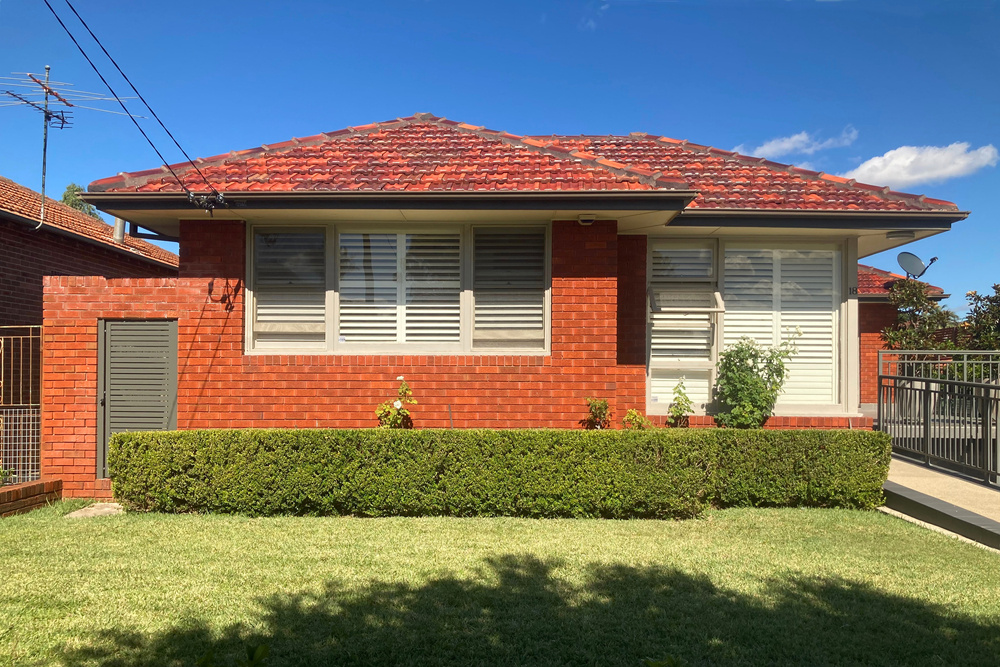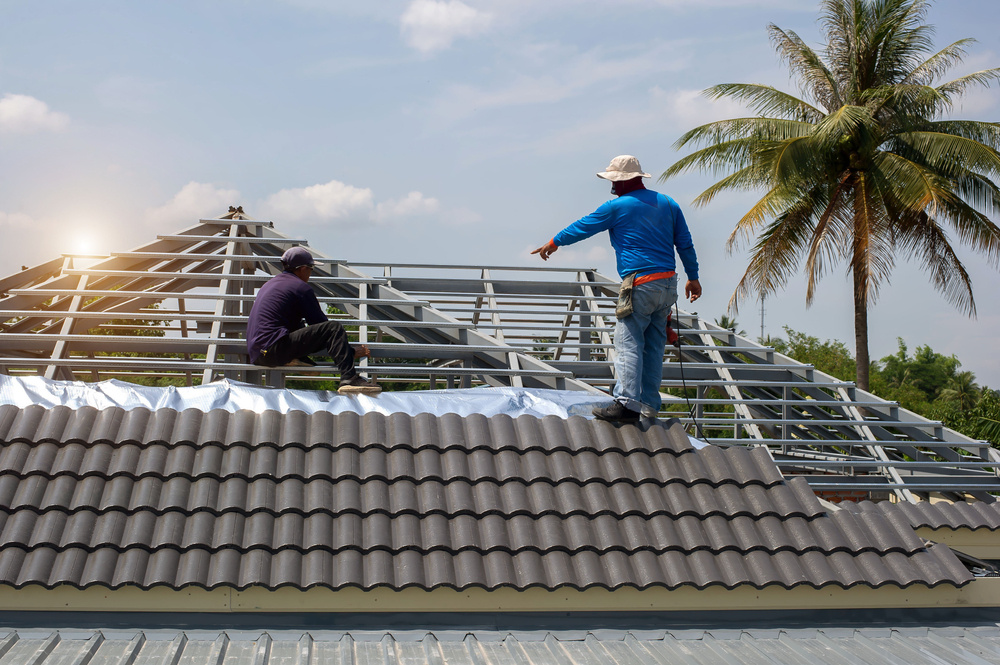
Jan
How Long Does A Roof Last?
As a roofing company in Brisbane, one of the most common questions we get asked is how long does a roof last?
The answer is: it depends. Generally, roofs in Australia can last for 50 to 100 years. The longevity of your roof can vary greatly depending on factors like the climate where you live, the material you choose, the quality of its construction, and more.
In this post, we’ll explore the lifespan you can expect for various types of roofs based on their materials, then share our expertise on ways you can make your roof last longer.
Factors that Affect the Lifespan of your Roof
- Climate and environment: Australia’s climate can significantly impact the lifespan of your roof. If you live in a topical area, then the heavy rains, storms, and high humidity can damage your roof. If you live in a dry area, extreme heat can cause your roof tiles to crack or become brittle. In coastal areas, salt can cause roofs to corrode.
- Quality of installation: Another important factor in your roof’s lifespan is the quality of installation. A poorly installed roof can be prone to leaks, cracks, damage, and a shorter lifespan. It’s best to ensure your roof is installed by reliable roofing professionals.
- Material quality: The quality of your roofing materials also affects how long it will last. For example, high-quality clay tiles sourced from reliable manufacturers are more likely to withstand the elements than cheaper options.
- Roof pitch and design: The design and pitch of your roof affects how well it can shed water and resist weather damage. For example, a steeper pitch can drain more effectively, reducing the chance of water damage.
- Regular maintenance and inspections: Regularly maintaining your roof is key to making it last longer. This includes cleaning gutters, removing debris, and checking for any damage. Seeking regular inspections from roofing professionals can help you identify small issues before they become big, saving you money in the long run.
Roof Lifespan Based on Roof Type
Metal and Colorbond Roofs
Metal roofing is hugely popular in Australia, renowned for its durability and longevity. If you’re considering a metal roof, you’re probably asking how long does a Colorbond roof last? The answer is metal roofs can last up to 40 years, and Colorbond can last up to 70 years.
Slat Tile Roofs
Slate tile roofing isn’t as common in Australia, as it can be one of the more expensive materials. However, it’s worth noting that slate tile roofs can last over 100 years, making them one of the most durable and long-lasting options.
Concrete Tile Roofs
Concrete tiles are another popular option, known for being affordable and robust. But how long do tile roofs last? The answer is 50 to 70 years. Their heavy weight also means they’re not as prone to wind damage as other tiles.
Terracotta Tile Roofs
How long do terracotta tile roofs last? Terracotta tiles can have a lifespan of over 50 years when maintained properly. However, they need more care than other tiles as they can be prone to sun and weather damage.
Asphalt Shingle Roofs
Asphalt shingles can typically last for 10-25 years. However, this lifespan may be reduced when the tiles are exposed to harsh weather conditions like heatwaves, storms, or smoke. This makes them less popular in Australia.
Corrugated Iron and Tin Roofs
Corrugated iron and tin roofs are known for their durability, and used widely across Australia. These roofs can typically last 25-60 years, depending on how well they are maintained. They can suffer from rust in coastal areas.
Membrane Roofs
Membrane roofs have a shorter lifespan, of only 10-20 years, making them less popular. They can be prone to issues like accidental damage and general wear.
Copper Roofs
Copper roofing is a durable option that can last for up to 50 years. However, it can have issues with moisture and corrosion if you live in an area with high rainfall. Maintaining and inspecting it regularly is key to ensuring it lasts.

How Can I Make my Roof Last Longer?
To extend your roof's lifespan, focus on regular maintenance and proactive care. Conduct annual professional inspections to identify and repair minor issues before they become major problems. We recommend:
- Keep gutters clean and free of debris to prevent water damage and ensure proper drainage.
- Trim overhanging tree branches that could potentially fall and damage your roof during storms.
- Remove moss and algae growth promptly, as these can deteriorate roofing materials.
- Ensure proper attic ventilation to prevent heat and moisture buildup that can weaken roofing structures.
- Address any damaged or missing shingles immediately, and consider applying protective coatings or sealants appropriate to your roofing material.
How Often Should I Replace my Roof?
As noted above, the frequency of roof replacement depends on the roofing material. However, some key signs that your roof needs replacing can include:
- Widespread shingle damage
- Persistent leaks
- Sagging areas
- Significant granule loss on asphalt shingles
- Visible daylight through roof boards
Most homeowners should expect to replace their roof at least once during their time in a home, with the average replacement occurring every 20-25 years for standard asphalt shingle roofs.
Why You Should Consider Roof Replacement
Investing in a roof replacement can provide substantial benefits beyond simple maintenance. Modern roofing materials offer improved energy efficiency, with advanced designs that better insulate your home and potentially reduce heating and cooling costs by up to 20%. New roofs significantly increase property value, often recovering 60-70% of replacement costs during home resale. Contemporary roofing technologies provide enhanced protection against extreme weather, reducing the risk of water damage, mould growth, and structural integrity issues.
Roof replacement is particularly crucial when existing roofing shows signs of extensive wear, such as multiple missing or curling shingles, persistent leaks, or visible sagging. Proactively replacing an aging roof prevents more expensive structural damage and potential interior home repairs. Insurance companies often provide better rates for homes with newer roofing, and many modern roofing materials come with comprehensive warranties ranging from 25 to 50 years, offering long-term peace of mind and protection for your home investment.
Modern roofing options also allow homeowners to upgrade aesthetics, choose more sustainable materials, and improve overall home performance. From energy-efficient cool roofs to environmentally friendly recycled shingle options, replacement presents an opportunity to enhance both your home's protection and its ecological footprint.
Summing Up
Protecting your roof is an investment in your home's structural integrity and long-term value. By understanding the expected lifespan of different roofing materials, implementing regular maintenance, and addressing issues promptly, homeowners can significantly extend their roof's durability. While professional inspections and timely repairs require some financial investment, they are far more cost-effective than premature full roof replacement.
If you’re looking for a roof replacement, talk to us. At Roo Roofing, our highly experienced team has the skills and expertise to deliver your roofing project on time and to the best standard. Learn more about our roof replacement services.



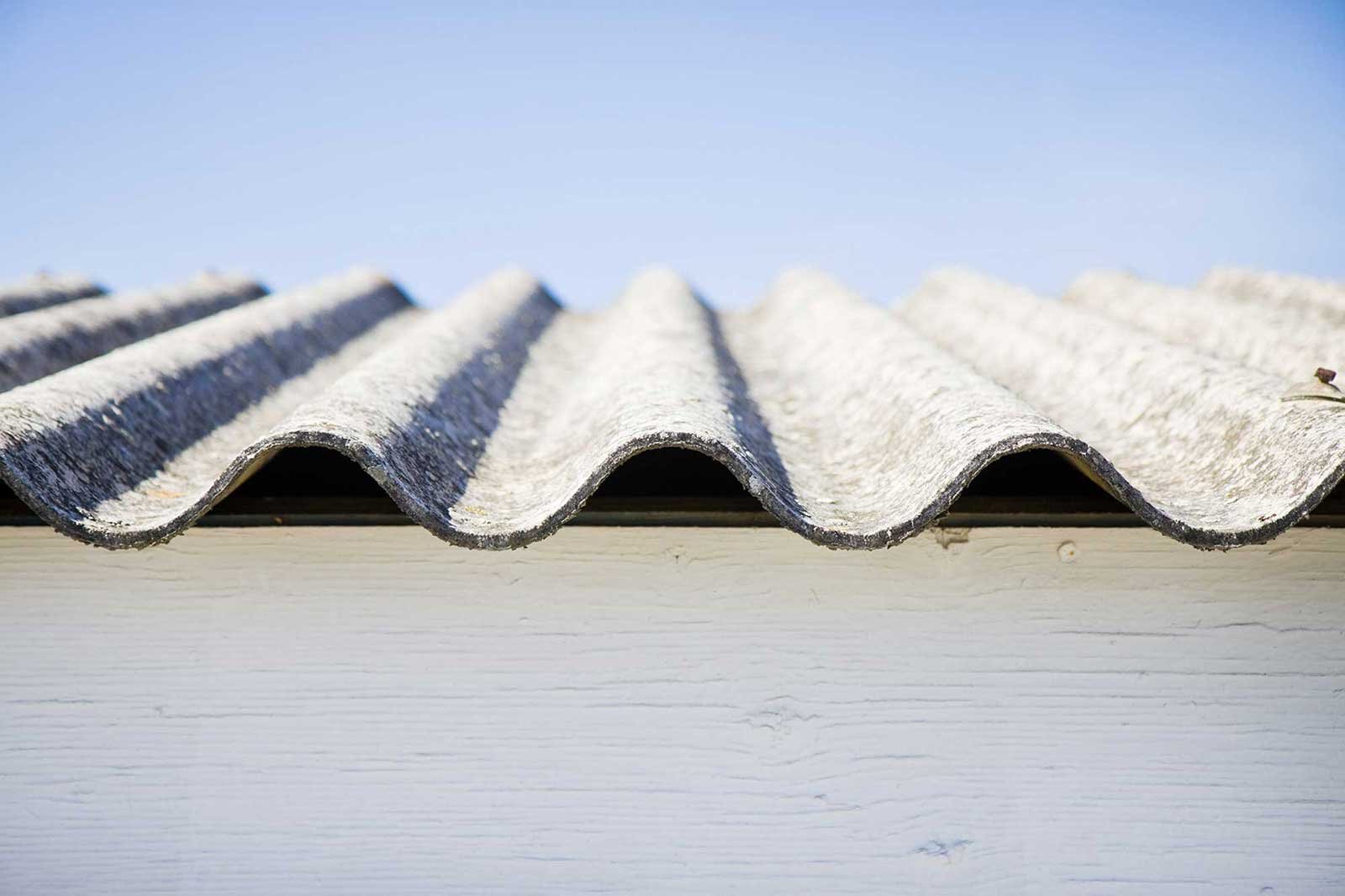




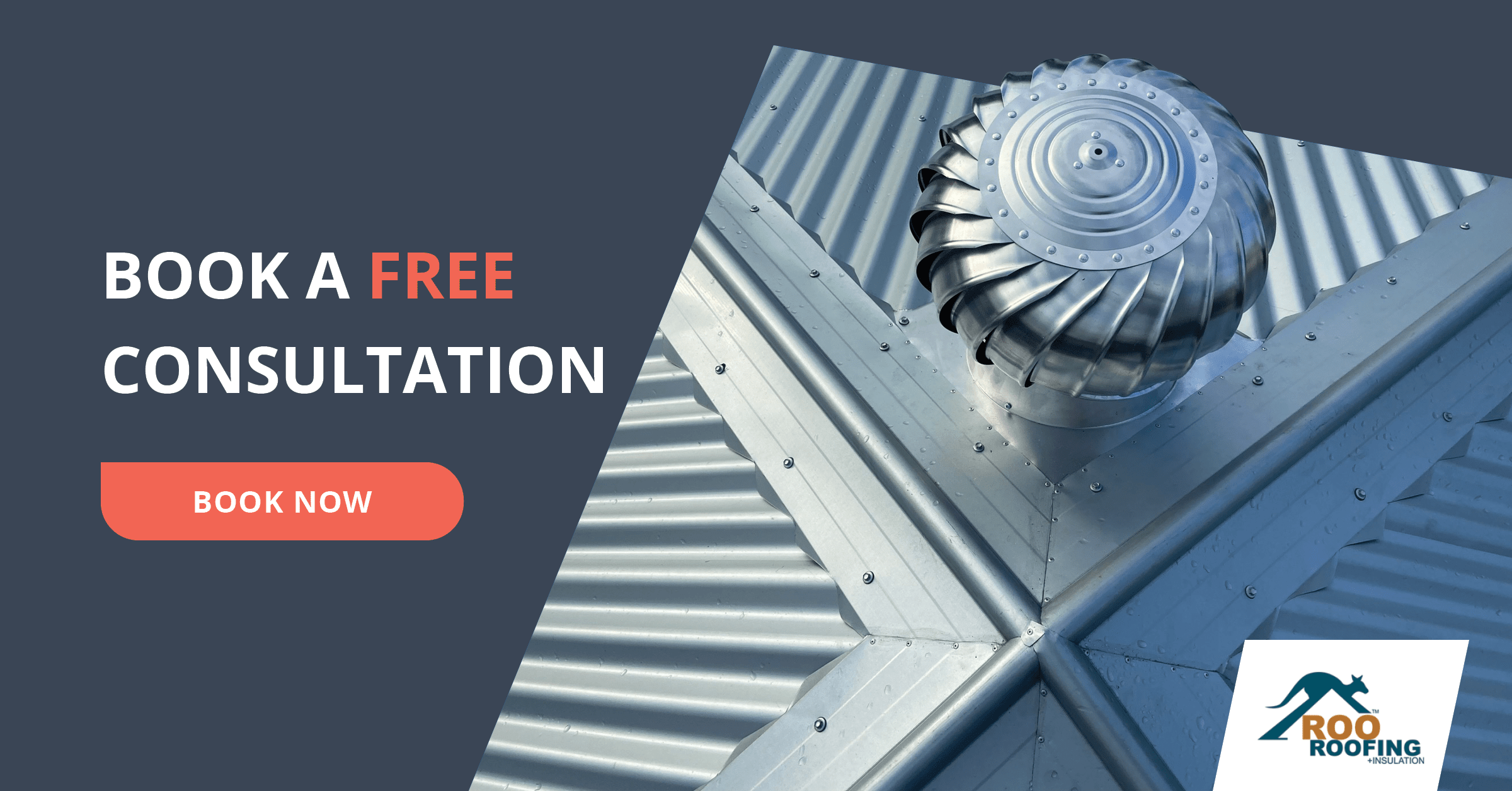
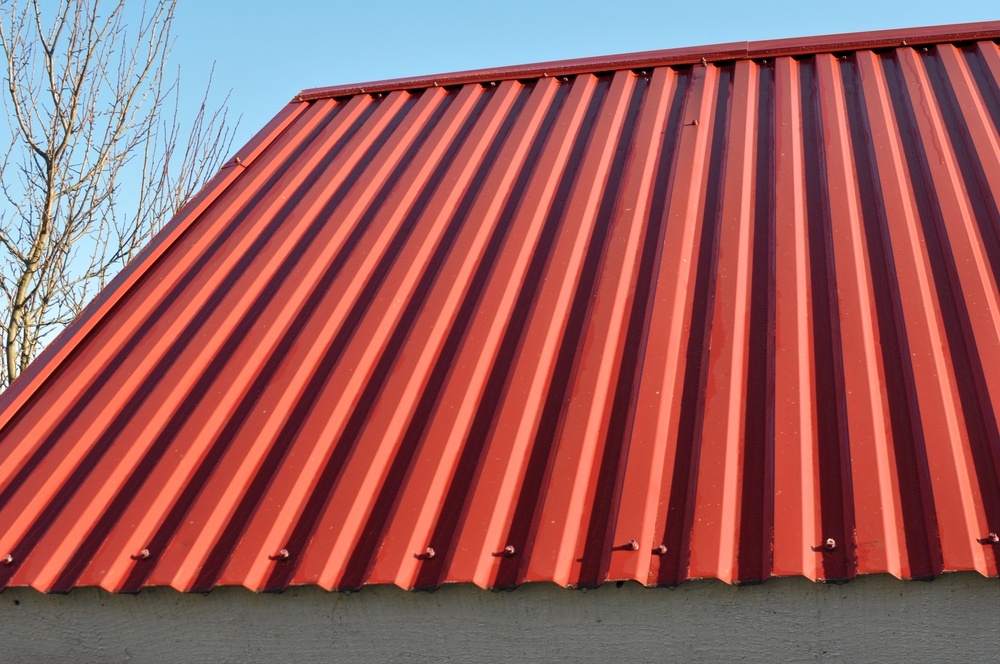
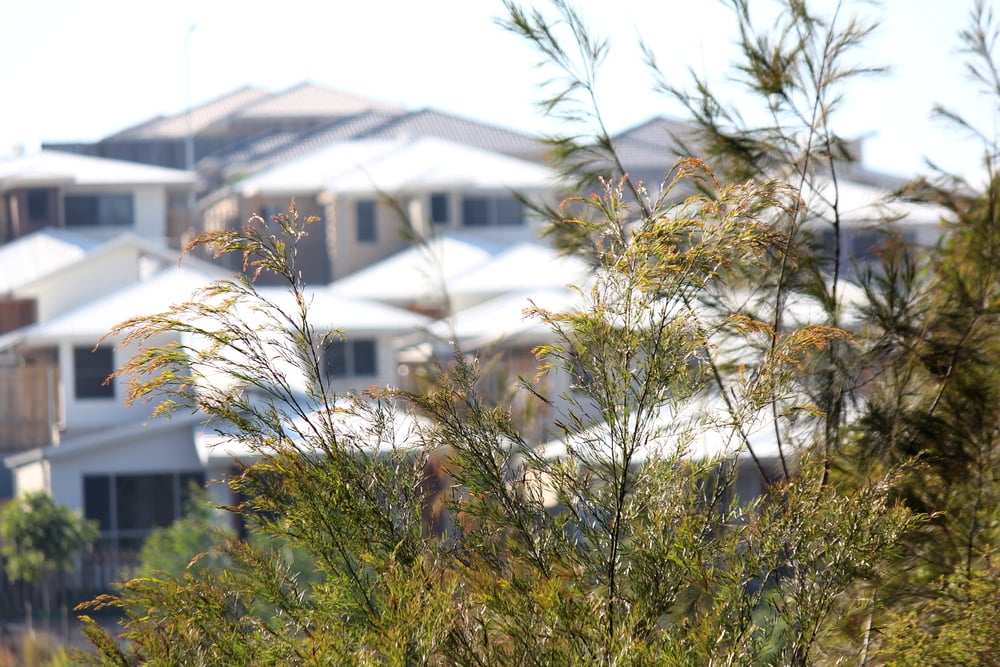

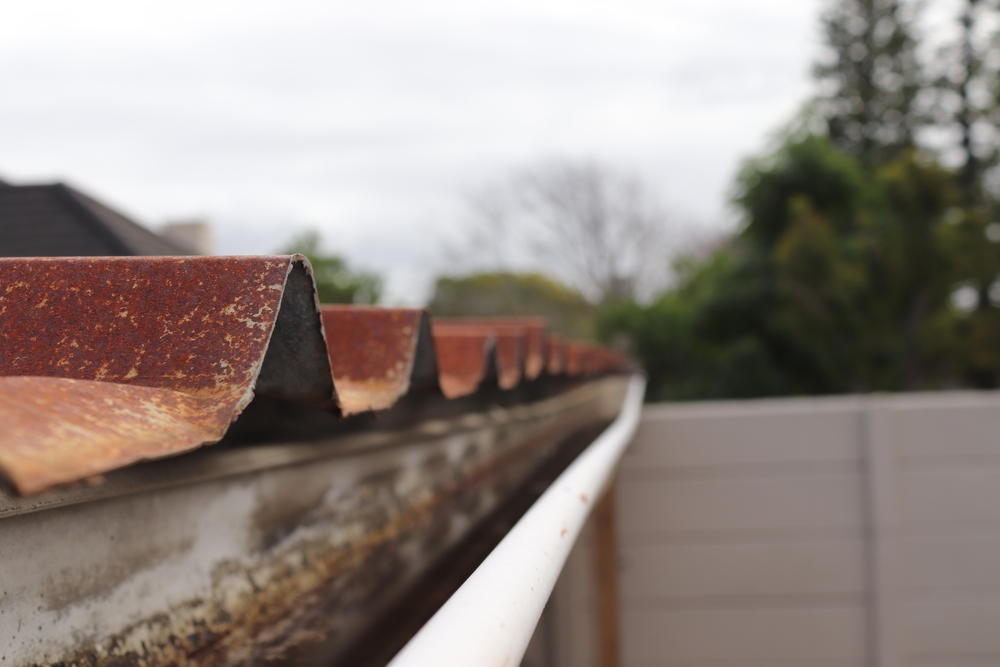
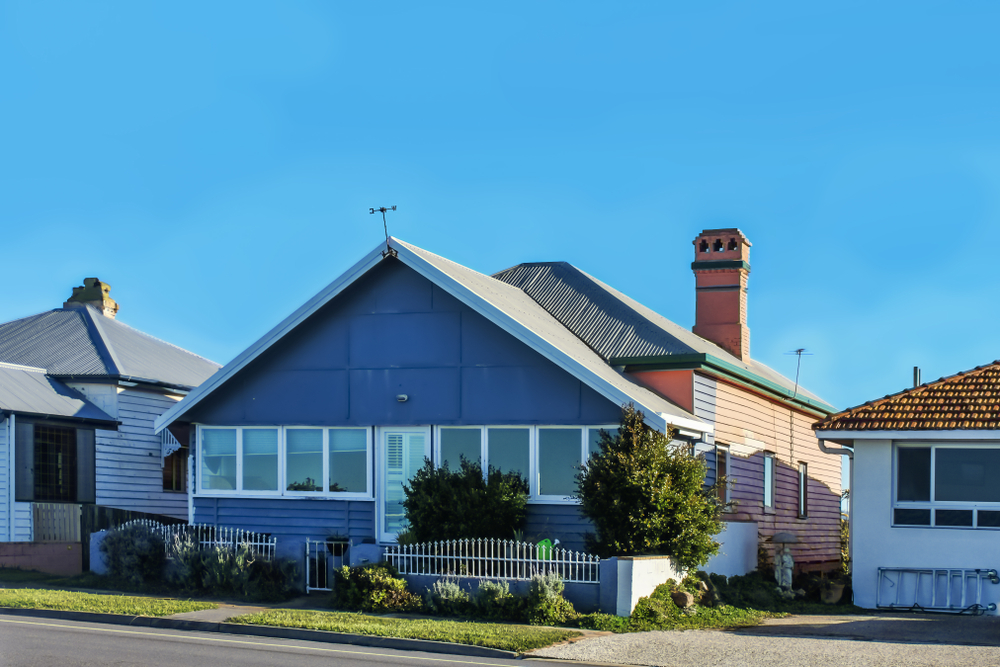
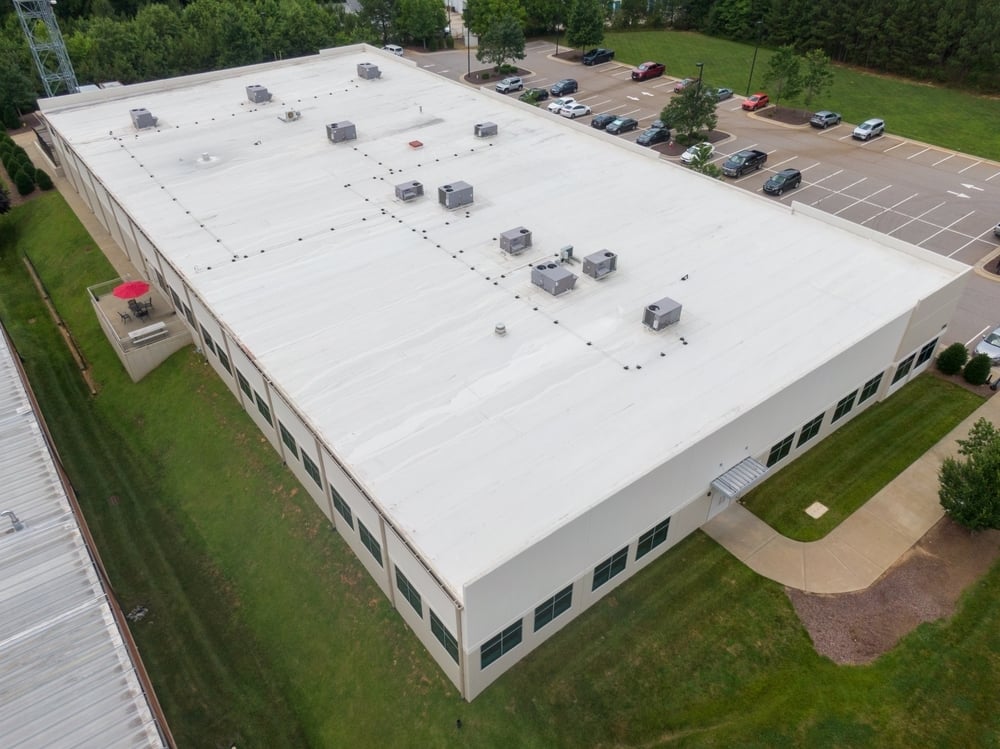
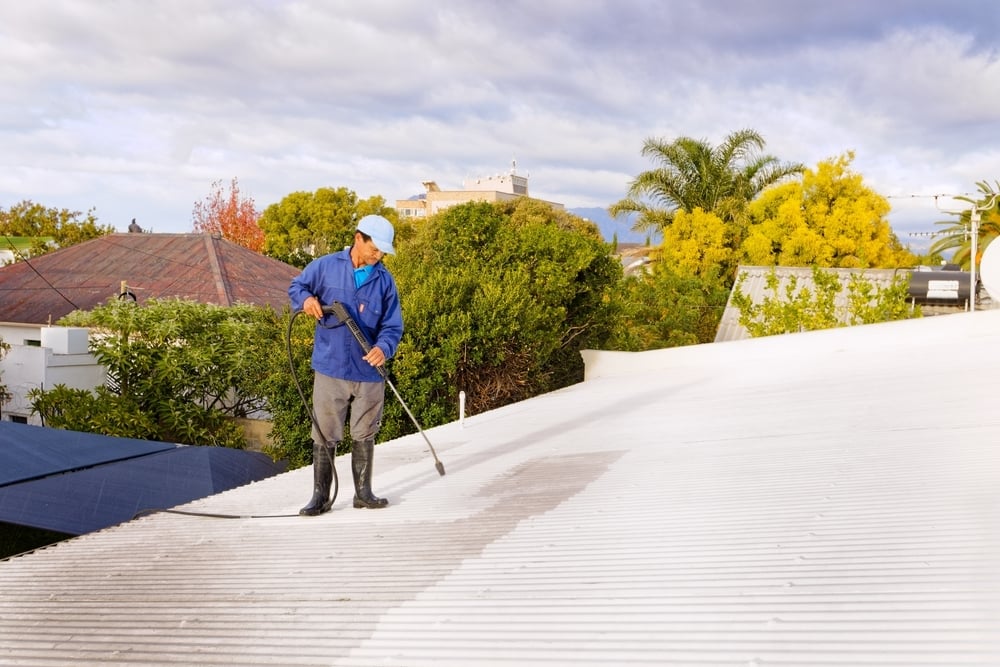
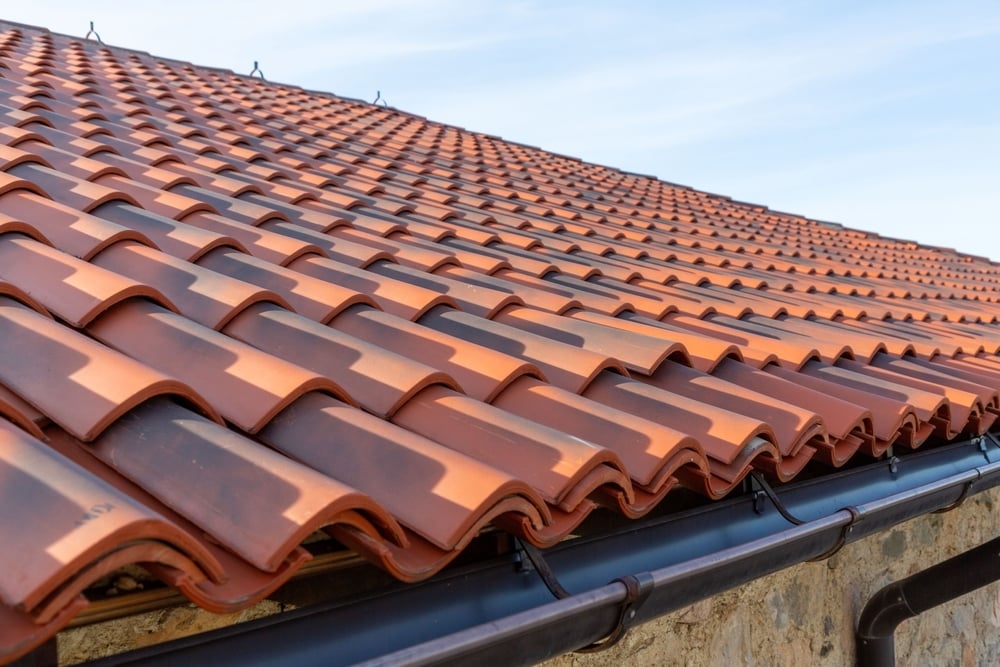
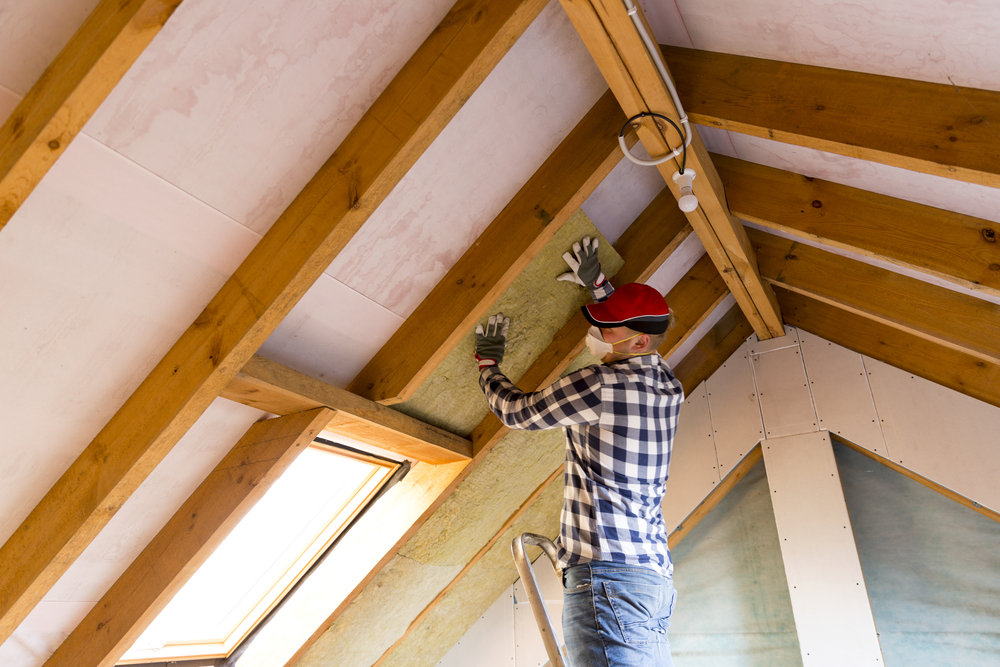
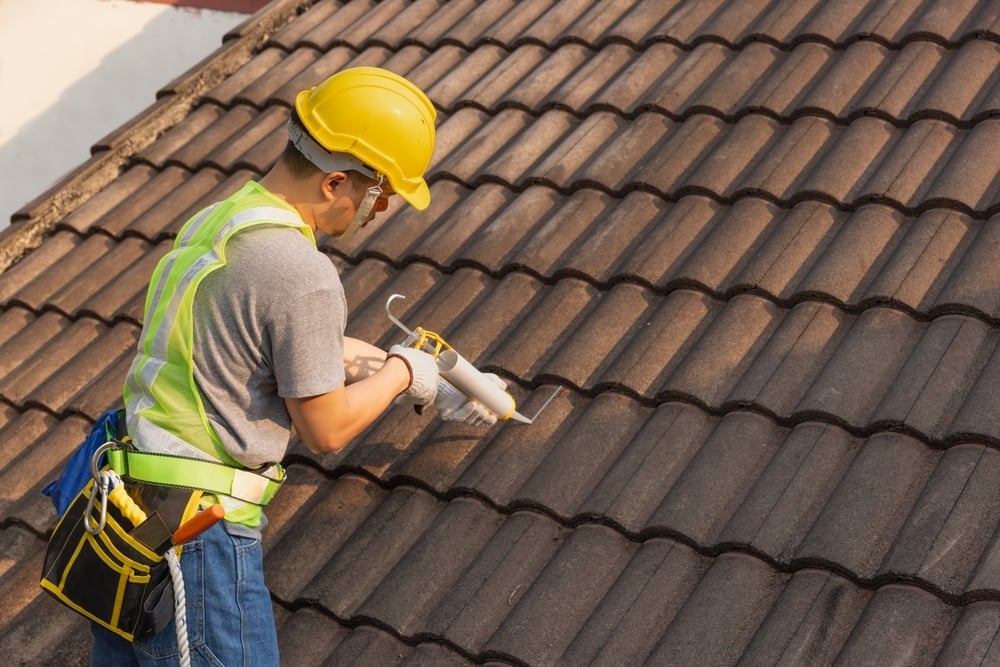
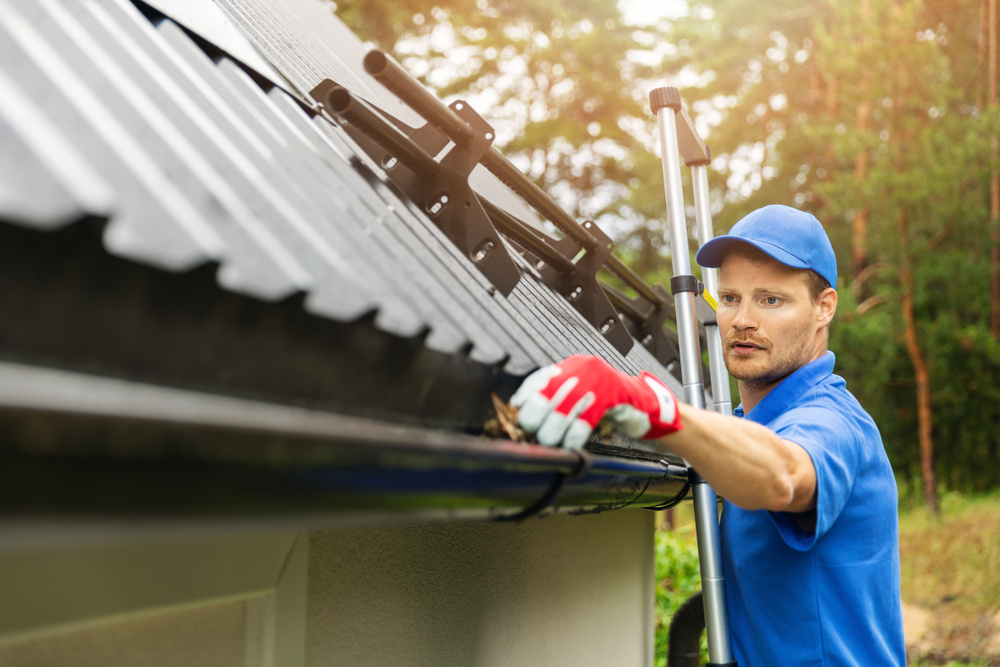
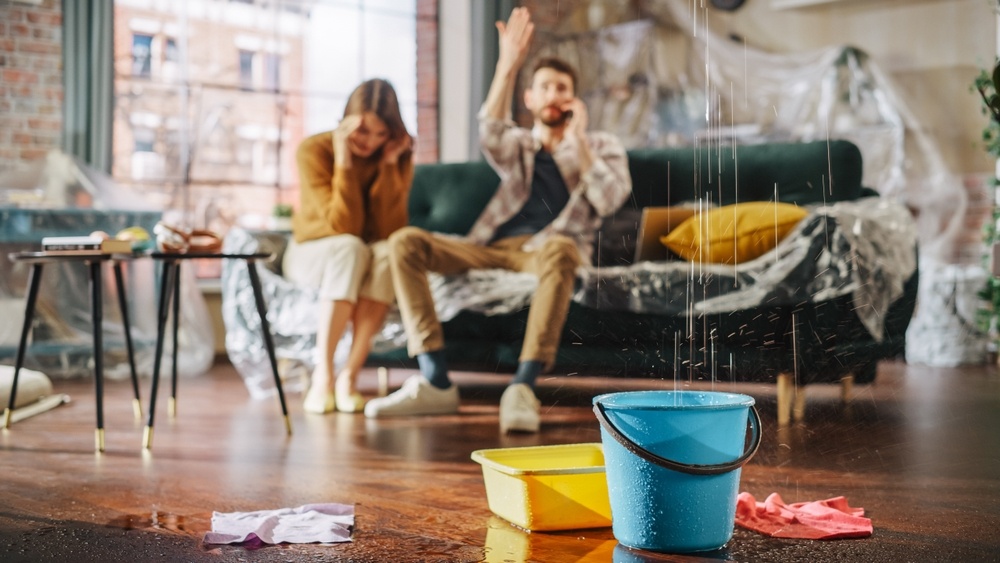
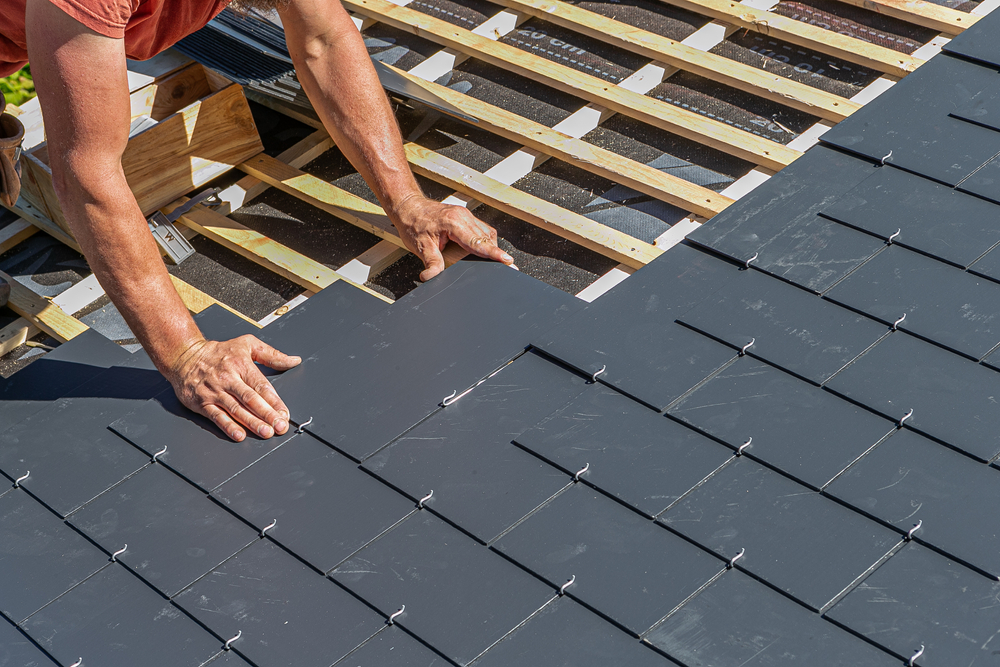
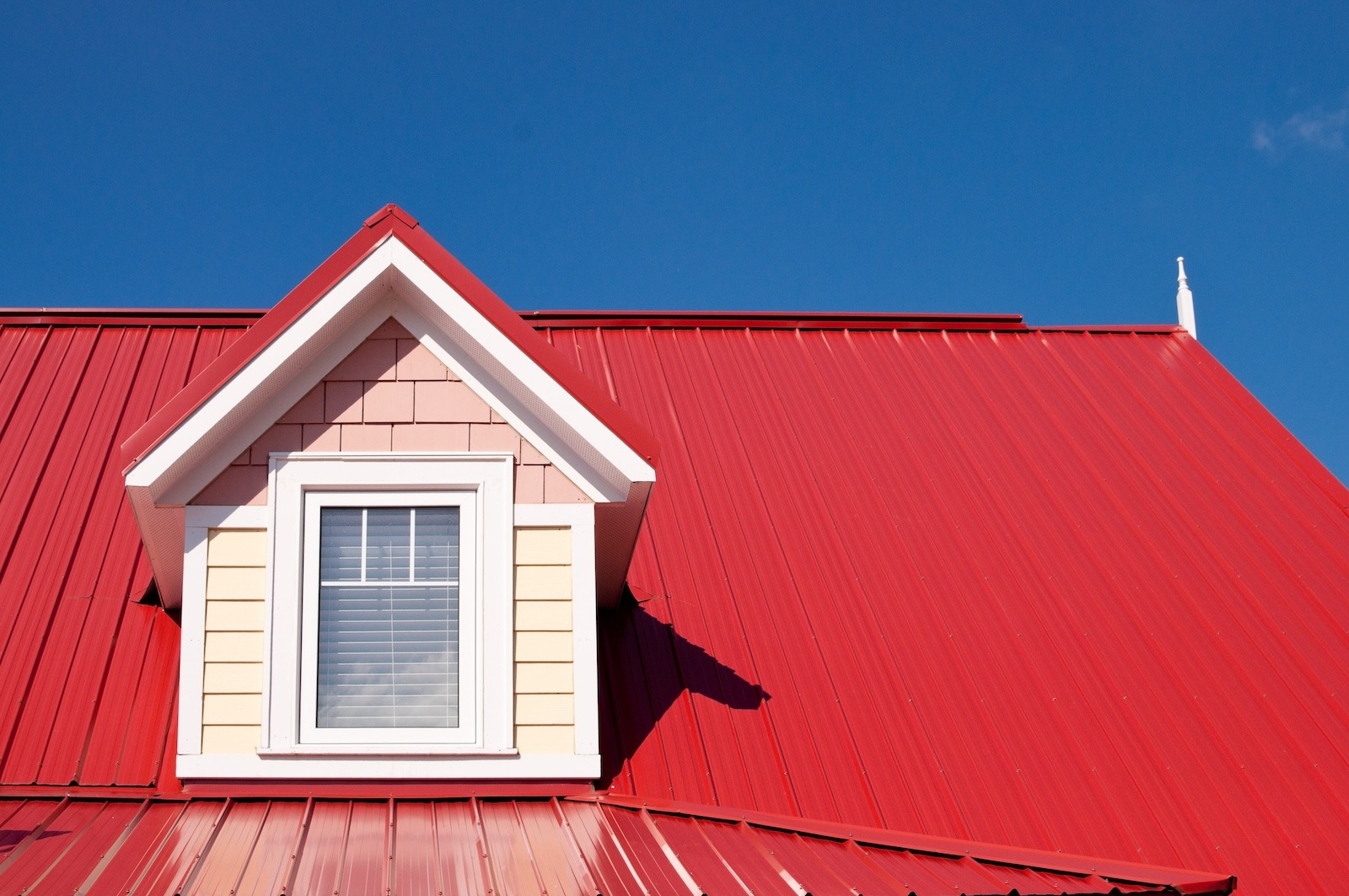
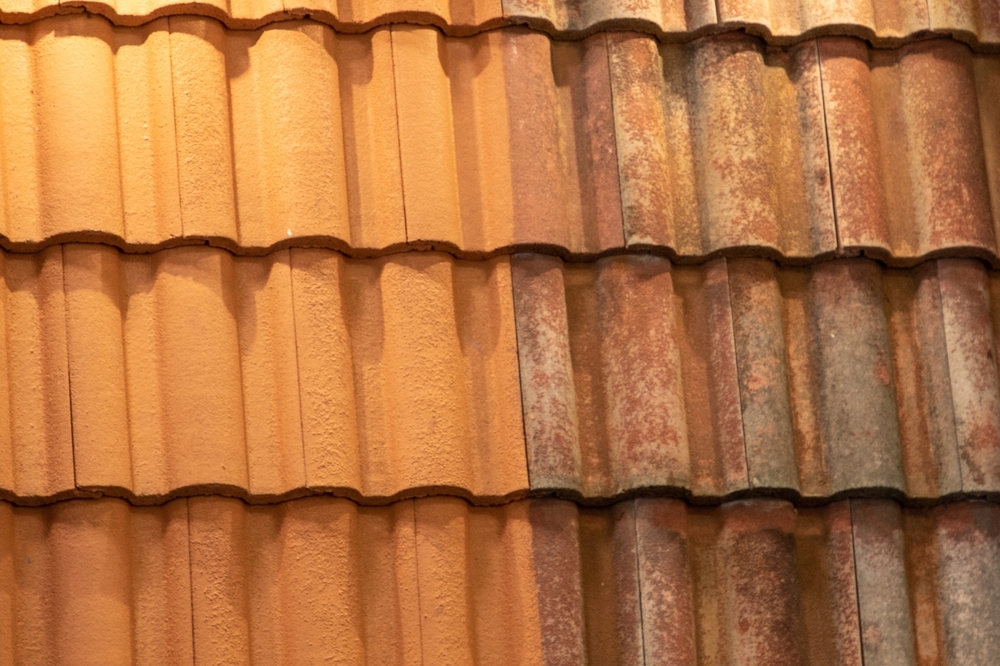
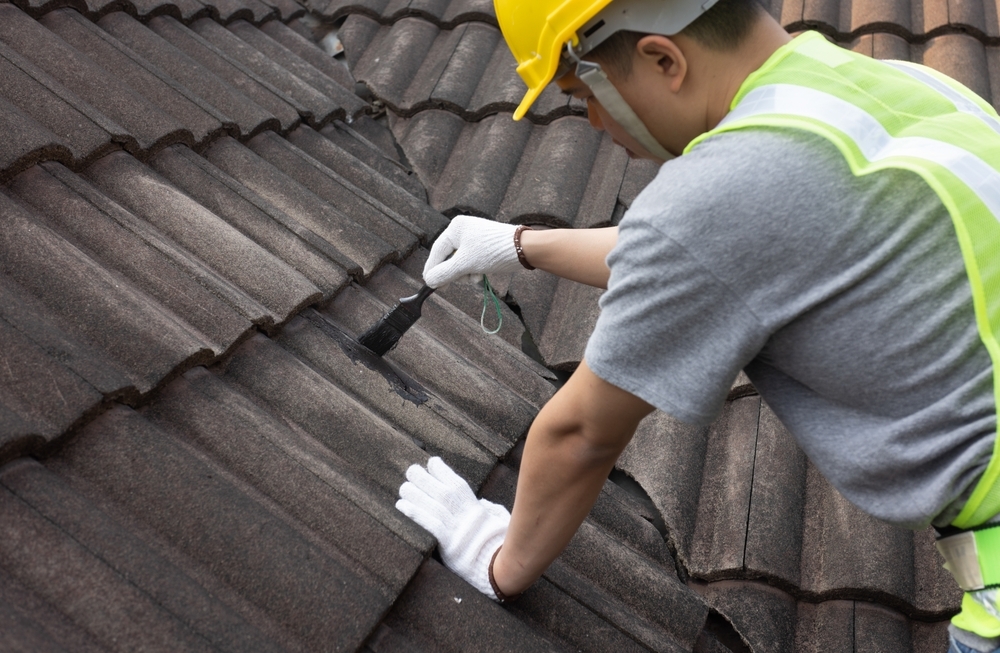
.jpg)
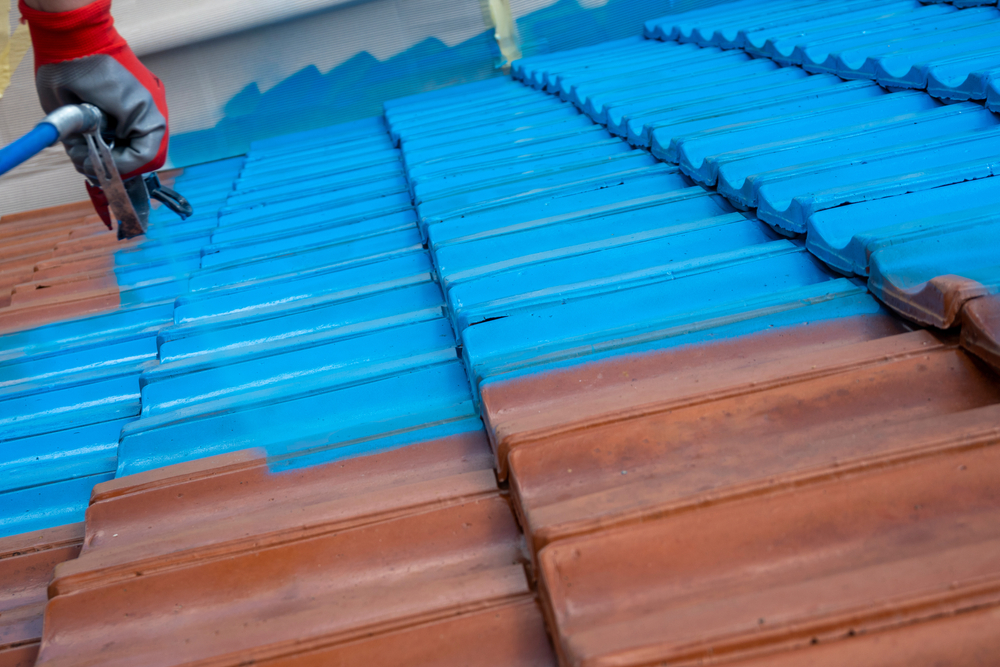
.jpg)
